Sprinkler Irrigation Systems -Types of sprinkler

Sprinkler Irrigation Systems
Sprinkler Irrigation Systems are great at keeping grass green and flowers blooming, but they also play a big role in water conservation. If you live in a region where rain is scarce, then you should consider installing a sprinkler system. A sprinkler system consists of pipes or tubes that carry water from the main supply line to individual sprinkler heads. The water flows through these pipes until it reaches the sprinkler head, which sprays out the water in a circular pattern. This helps prevent overwatering and conserves water. You can install a sprinkler system yourself but hiring a professional can save time and money. There are several types of sprinkler systems, each with its own benefits and drawbacks.
Types of sprinklers irrigation systems
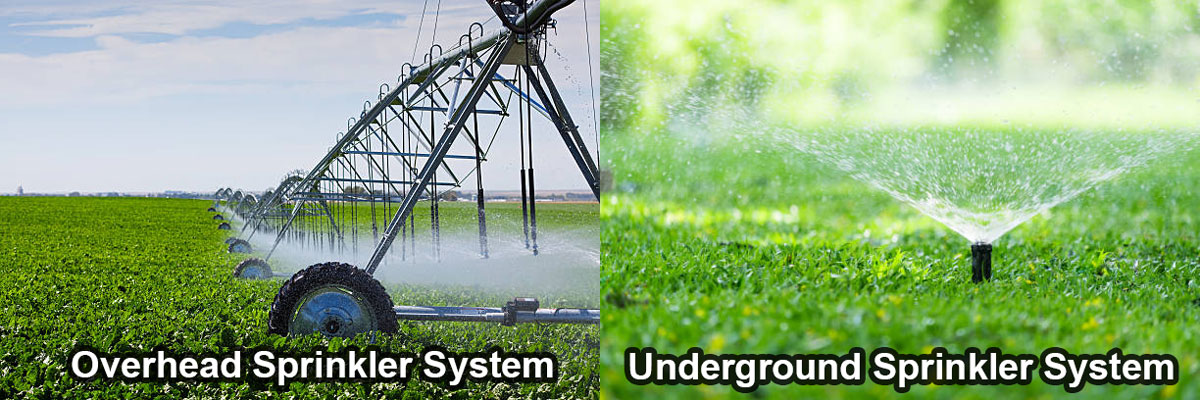
There are two basic types of sprinklers: overhead sprinklers and underground sprinklers. Underground sprinkler systems are generally used for commercial applications while overhead sprinkler systems are commonly used for residential applications.
Overhead Sprinkler System
Overhead sprinkler systems consist of pipes suspended above ground level. Water flows down these pipes and then out the sprinkler heads located near the bottom of the pipe. Overhead sprinkler systems are generally easier to install than underground sprinkler systems and are much cheaper than underground sprinkler systems. However, they are more prone to damage from wind and rain.
Underground Sprinkler System
An underground sprinkler system consists of pipes buried below ground level. Water flows through these pipes and then out of the sprinkler heads located at intervals along the length of the pipe. These sprinkler heads spray water onto the surrounding area. Underground sprinklers are installed below the surface of the ground. Underground sprinklers are more effective than overhead sprinklers. They can deliver water directly to the root zone of plants, and they can reach deeper into the ground. These are commonly used for larger areas, such as grassy areas, walkways, driveways, and sidewalks. Underground sprinkler systems have many advantages then over overhead sprinkler systems. However, underground sprinkler systems are more difficult to install than overhead sprinkler systems, installing underground sprinklers requires digging holes, which can be difficult and costly, and they are harder to maintain. Underground sprinkler systems also tend to be less reliable than overhead sprinkler systems because the pipes may become clogged with debris. If you live in an urban environment, you may find it hard to dig holes in concrete or asphalt. You may also need to hire a professional if you want to install underground sprinklers.
The most popular types of sprinklers are rotary, oscillating, and pop-up. Rotary sprinklers rotate back and forth, while oscillating sprinklers move back and forth in a circular motion. Pop-ups are similar to oscillating sprinklers, except that they rise out of the ground and then retract back down.
Rotary sprinklers are the most common type of sprinkler. They are inexpensive and easy to install. However, they only cover a small area at a time. Oscillating sprinklers are slightly more expensive than rotary sprinklers, but they cover a much bigger area at once. They also work well in wet conditions. Pop-ups are the least common type of sprinkler, but they are highly effective. They are also relatively inexpensive, but they require a lot of maintenance.
Overhead sprinklers are often preferred over underground sprinklers due to their ease of installation. They are also less likely to cause damage to landscaping materials. On the downside, overhead sprinklers are not as effective as underground sprinklers. They do not reach as deep into the ground, and they cannot deliver water directly onto the roots of plants.
If you decide to install an underground sprinkler system, make sure that you choose a model that is appropriate for your climate. Most models are designed to operate in climates where temperatures range between 50°F and 80°F. If you live in a warmer climate, you should consider purchasing a model that operates in temperatures ranging from 65°F to 90°F.
You can purchase a sprinkler system online or at your local home improvement store. Make sure that you buy a system that is compatible with your landscape. Also, check the warranty before buying. Many manufacturers offer warranties of 1 year or longer.
Learn more about sprinkler system effectiveness studies
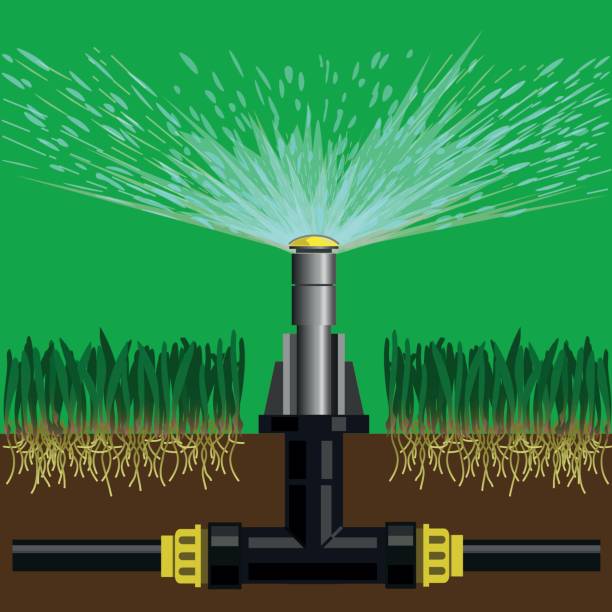
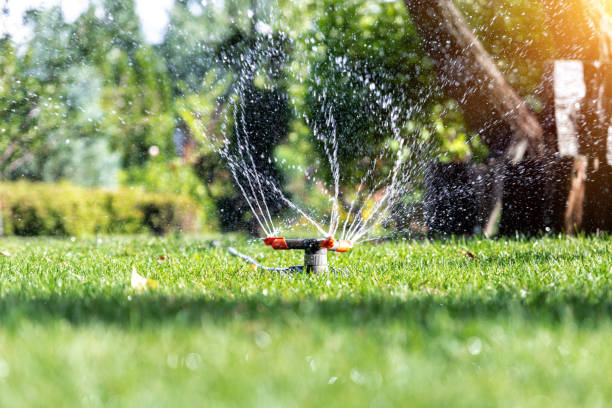
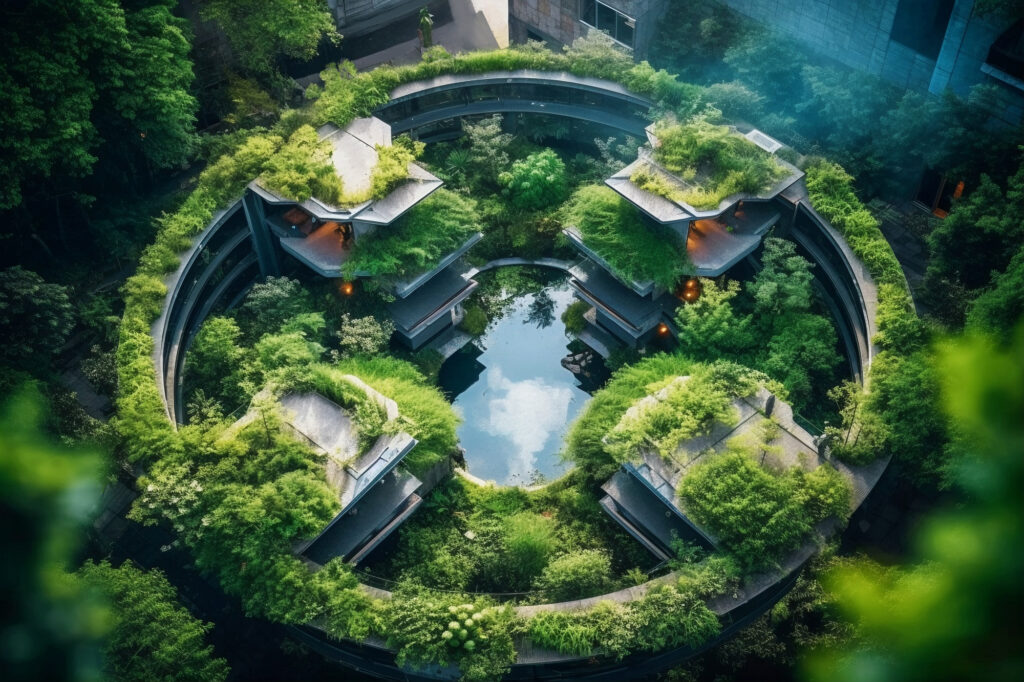
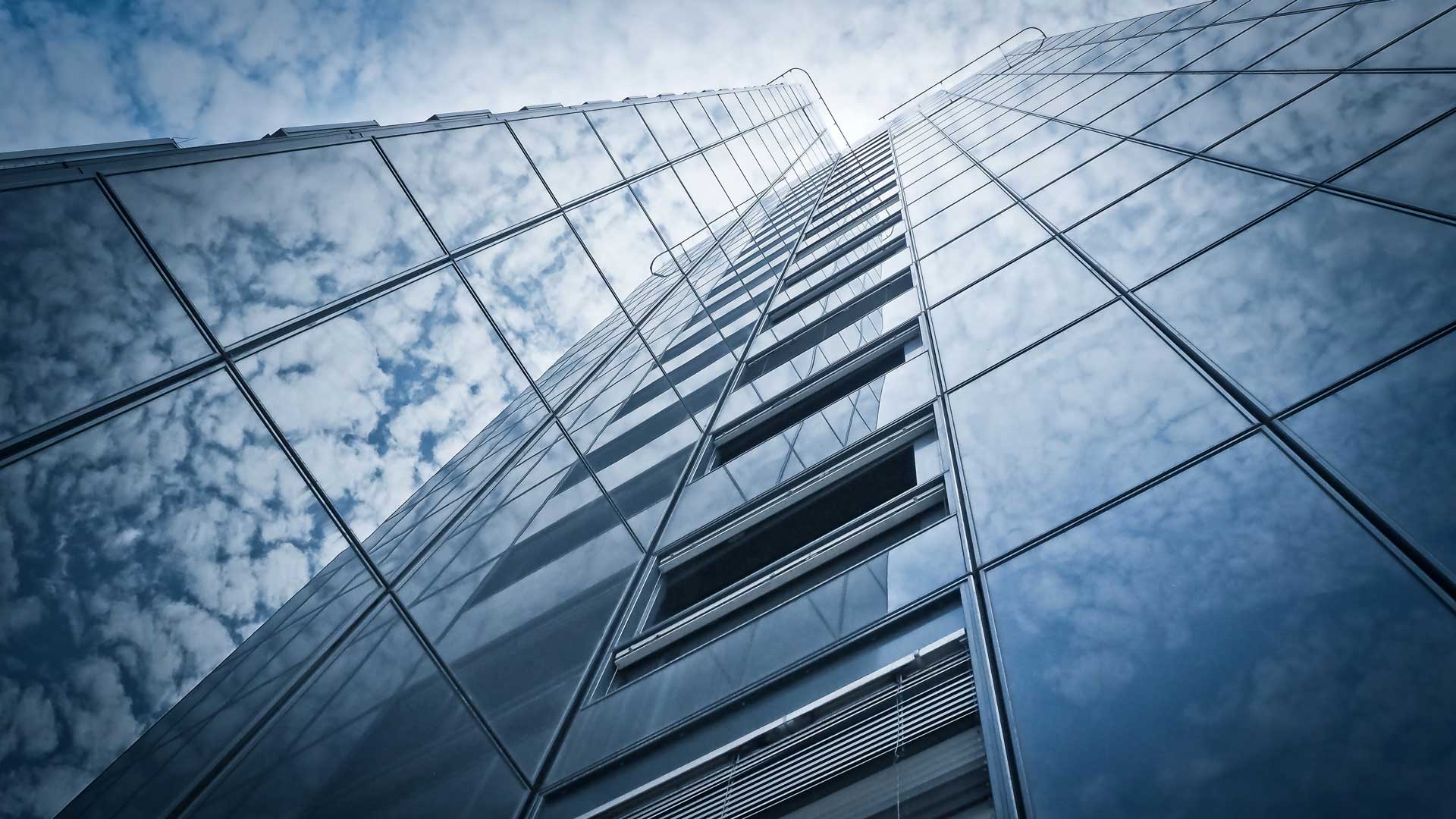
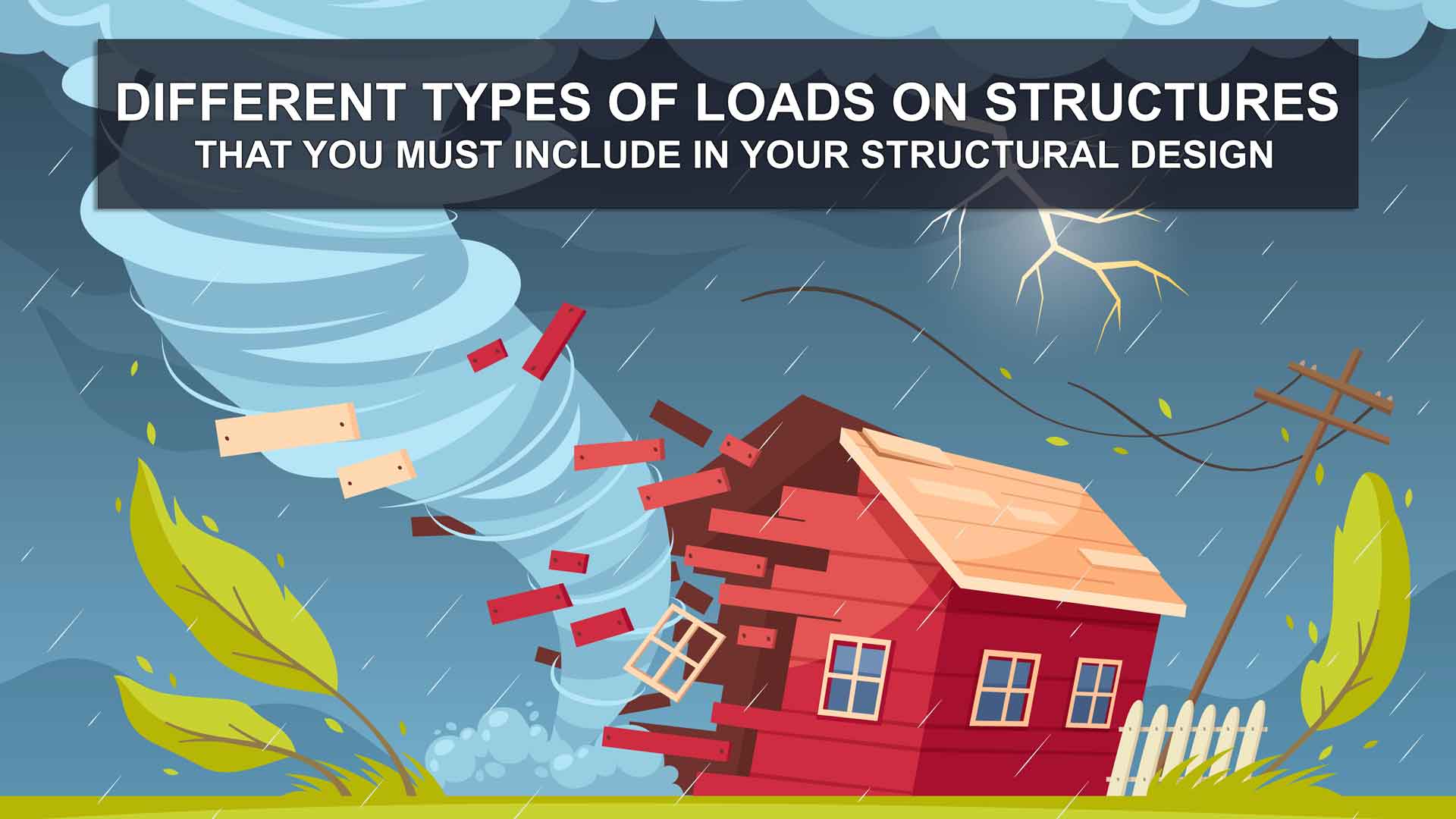

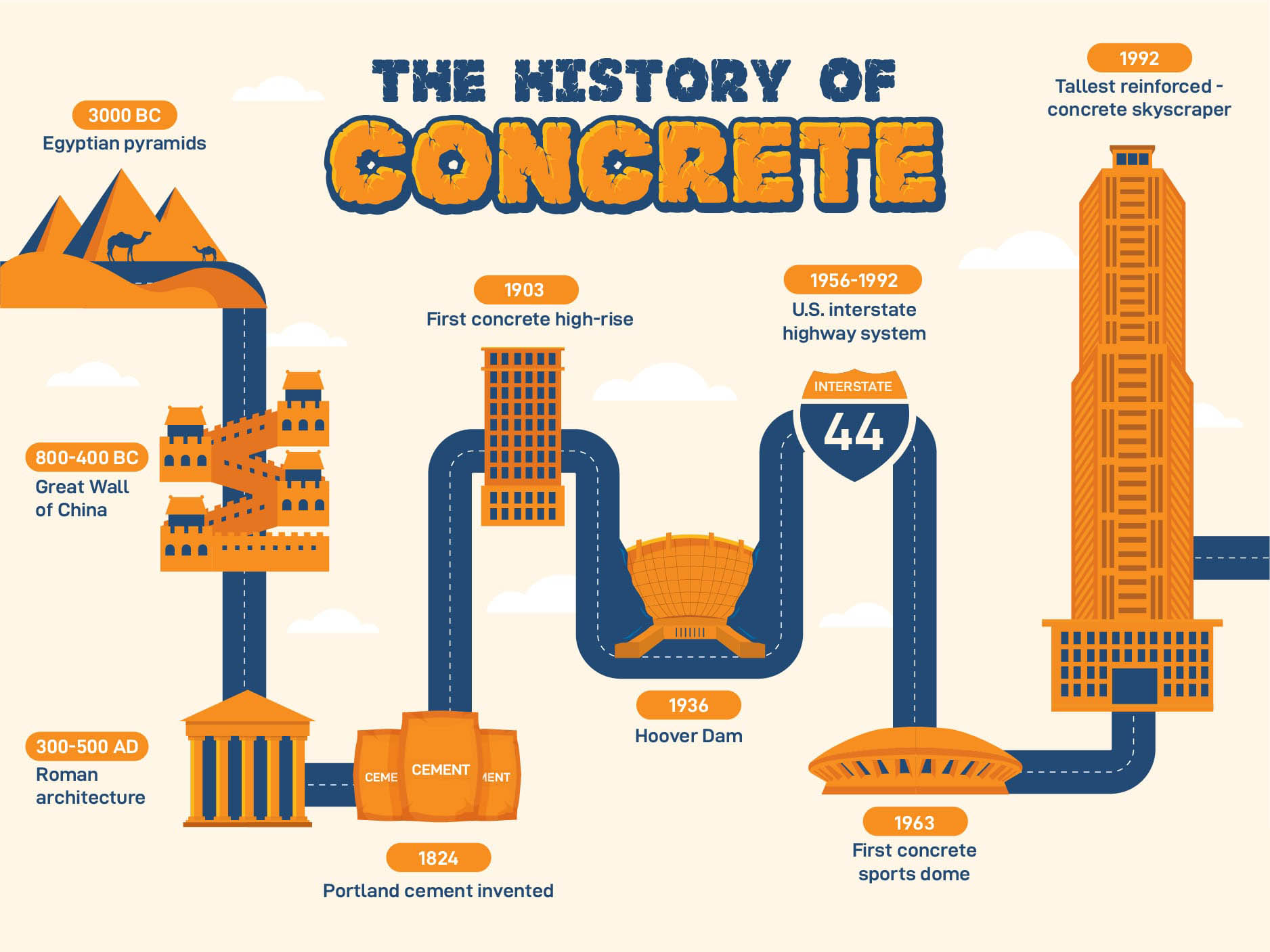
Responses